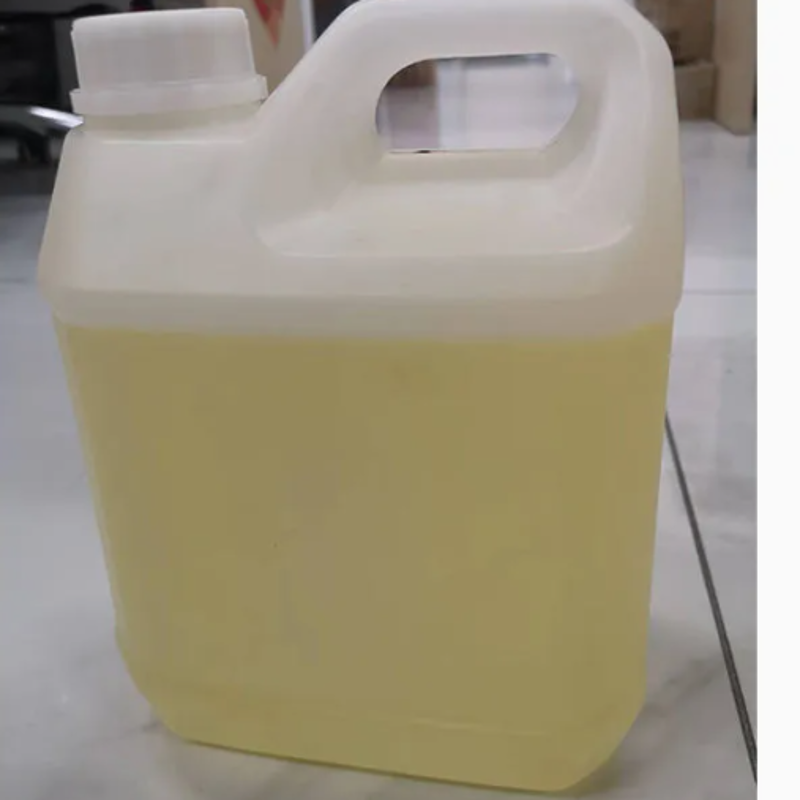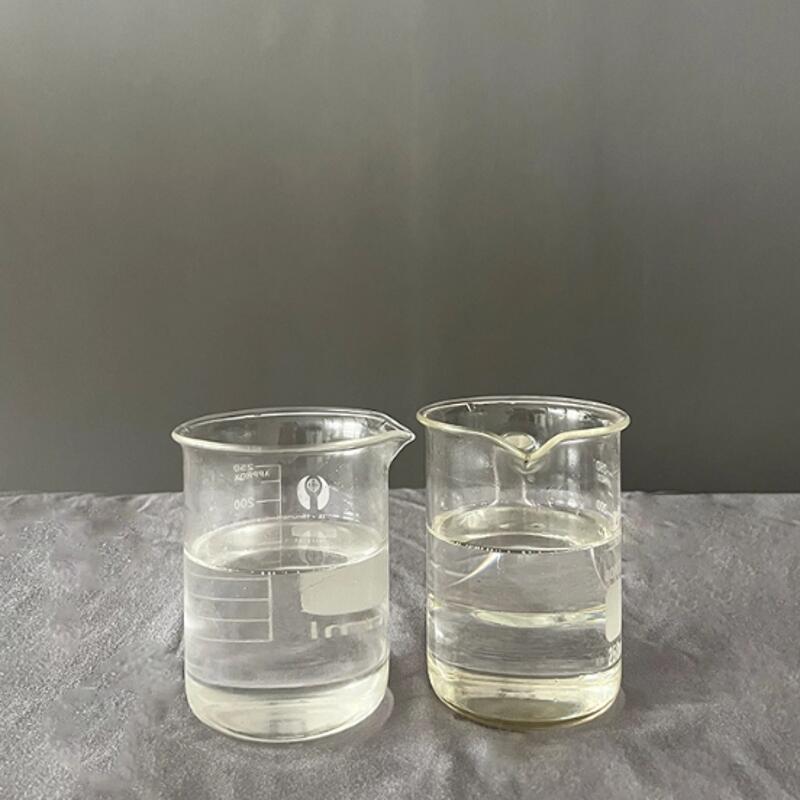-
Categories
-
Pharmaceutical Intermediates
-
Active Pharmaceutical Ingredients
-
Food Additives
- Industrial Coatings
- Agrochemicals
- Dyes and Pigments
- Surfactant
- Flavors and Fragrances
- Chemical Reagents
- Catalyst and Auxiliary
- Natural Products
- Inorganic Chemistry
-
Organic Chemistry
-
Biochemical Engineering
- Analytical Chemistry
-
Cosmetic Ingredient
- Water Treatment Chemical
-
Pharmaceutical Intermediates
Promotion
ECHEMI Mall
Wholesale
Weekly Price
Exhibition
News
-
Trade Service
The global economic recovery after the epidemic will be a slow and uncertain process.
At present, there is a structural shortage of chemical products in my country.
The development trend of the plastic downstream industry
1.
The automobile industry is a typical representative of the manufacturing industry.
The automobile industry is still the key application field of my country's high-end chemical materials.
2.
Electronic appliances include electronics, electrical and electrical appliances.
In the future, electronic and electrical products will be more portable and intelligent, and the application and popularization of 5G will accelerate this change.
Display materials are developing rapidly, and the PVA market is in strong demand.
The rapid growth of flexible circuit board materials drives the demand for materials such as polyimide films and liquid crystal compounds.
On the whole, the development of electronic appliances is inseparable from the support of high-end chemical materials.
3.
The demand for high-end chemical materials in the field of construction pipes mainly includes building reinforcement, new building materials and high-end pipes.
The future growth rate of hexene and octene copolymer multimodal polyethylene pipes is considerable.
The high-end construction market drives the demand for polybutene-1 pipes.
4.
The field of daily packaging is one of the most demanding areas for high-end materials in my country.
In 2018, the demand for high-end materials in my country's daily packaging sector was about 1.
75 million tons, and the market size reached 23.
3 billion yuan, covering high-end polyolefins, engineering plastics and biodegradable materials.
The proportion of metallocene polyethylene applications has increased significantly.
Compared with traditional polyethylene, metallocene polyethylene has the advantages of good toughness, resistance to cracking, good thermal stability, and good low-temperature heat-sealability.
In 2018, the global demand for metallocene polyethylene exceeded 20 million tons.
Food packaging was the largest consumption area, accounting for 36% of total consumption, and non-food packaging accounted for 47%.
The downstream industries in the European and American markets are relatively mature and are the world's largest metallocene demand market.
At present, China's metallocene polyethylene consumption accounts for only 3% of polyethylene consumption.
It is expected that my country's metallocene polyethylene will maintain an average annual growth rate of 13% in the "14th Five-Year Plan" period.
The rapid development of high barrier materials.
As my country's economy enters a new stage of development, packaging application fields and specific application environments continue to evolve.
In the field of food packaging, high barrier plastics have developed rapidly in recent years and are gradually replacing materials such as metal and glass.
High barrier packaging films mainly include nylon, polyvinylidene fluoride and EVOH.
In 2018, my country's total consumption of high barrier materials was about 350,000 tons, and the consumption of PVDC, PA and EVOH was 310,000 tons, 100,000 tons and 11,000 tons respectively.
Although high-barrier packaging materials are currently widely used in foreign countries, the domestic use of barrier materials only accounts for 5% of the total packaging materials due to their higher prices.
The domestic barrier packaging materials market has great potential.
It is estimated that by 2025, the consumption of high-barrier packaging in my country will account for 15% to 20% of the total consumption of plastic packaging.
The growth rate of demand for high-barrier materials will be about three times that of packaging materials.
By then, the demand for high-barrier materials will reach nearly 900,000 tons.
The compound annual growth rate is as high as 12%.
Biodegradable plastics usher in the wind.
In recent years, global degradable plastics have ushered in the trend with the support of policies.
Commercialized degradable plastics include bio-based polylactic acid (PLA), regenerated cellulose, starch plastics, and polyhydroxy fatty acid ester polymers (PHAs).
Etc.
, petroleum-based polybutylene succinate (PBS), polycaprolactone (PCL), polycyclocaprolactone (PCHC), carbon dioxide degradable plastic (PPC), and polyadipate/p Butylene phthalate (PBAT), polysuccinic acid/butylene terephthalate (PBST), polyadipate/butylene succinate copolymer (PBSA) and coal-based poly Glycolic acid (PGA) and so on.
In 2020, the more mature products in my country’s market are PBAT, PBS and PLA, with a total production capacity of 375,000 tons/year.
The production capacity of biodegradable plastics under construction recently exceeds 1 million tons/year, mainly PBAT, PBST, PLA, PGA, etc.
.
In 2019, my country's consumption of plastic bags, express packaging, agricultural films, and take-out lunch boxes is about 6 million tons, and it is expected to exceed 8 million tons by 2025.
According to an estimate of 20% penetration rate of degradable plastics in these fields in 2025, more than 1.
5 million tons of degradable plastics will be consumed.
With the improvement of processing performance and modification technology, more advantageous PBAT, PBST, PGA and other materials will usher in greater development during the "14th Five-Year Plan" period.
Broad prospects for the development of high-end plastic products
At present, my country's demand for high-end plastic products totals 16.
5 million tons, the self-sufficiency rate of high-end polyolefins is 50%, the self-sufficiency rate of engineering plastics is 53%, and the degradable plastics are basically self-sufficient.
Driven by the rapid development of downstream industries such as automobiles, electronic appliances, construction, and packaging, it is estimated that by 2025, the demand for high-end plastic products will reach about 27 million tons, with an average annual compound growth rate of 8%.
In recent years, foreign companies have focused on research and development in the field of plastics, mainly single packaging materials, such as Borealis, ExxonMobil, and Dow all have developed corresponding products; physical/chemical recycling technologies, such as the certification of Saudi Basic Industries Corporation Recycled polymers; lightweight, functional modified materials and high-end membrane materials; high-pressure/ultra-high-pressure polyethylene base materials, cross-linked polyethylene (XLPE) cable materials, insulating materials; implant materials related to medical health and life sciences , Intervention materials, import materials, etc.
When planning and deploying related materials, Chinese enterprises are guided by terminal demand, combined with the material self-sufficiency rate and future demand growth rates, and focus on materials with low self-sufficiency rates and high demand growth rates.
1.
High-end polyolefin materials such as special metallocene polyolefins.
Such as very low density PE, PERT, POE, hexene, octene copolymer multimodal polyethylene, metallocene PE/PP, etc.
2.
High-performance plastics.
Such as high clean PP, ultra-high voltage wire and cable material, high melt strength PP, medical antibacterial PP and high VA content EVA, TPO, PC, EVOH materials, etc.
3.
High-end building materials.
Such as high-end pipes such as high pressure and gas, copolymerized multimodal polyethylene pipes, polybutene-1 pipes, etc.
4.
Degradable plastics.
Focus on degradable plastics such as PBS, PBAT, PGA, and PCL, PHA, PGA in the medical and health fields, such as disposable packaging, agricultural film and other fields.
Because PLA raw materials are mainly derived from crops such as corn, it is not a development direction in my country.
The development of PLA substitute material PGA is the top priority.
However, biodegradable plastics are currently only a partial replacement for packaging materials, agricultural film, etc.
, and large-scale applications are still facing many difficulties.
Such as the problem of the mismatch between the material degradation environment and the garbage disposal environment, the high manufacturing cost and the safety issues of various additives and plasticizers, the controllability of the degradation time of agricultural mulch films in different areas and different environments, etc.
, the bioavailability should be regulated as soon as possible.
The naming and publicity of degradable plastics should prevent misleading the society and the public; establish standards and identification systems; establish a recycling system for degradable plastics.
5.
Single packaging materials, medical and health-related implants, interventions, and introduction materials, high-pressure/ultra-high-pressure polyolefin materials.
While developing high-end materials, attention should be paid to the environmental pollution of synthetic materials.
The environmental endurance will restrict the rapid development of synthetic materials.
The prominent problem of synthetic material pollution is one-off, for which it is necessary to abandon the one-off consumer culture.
Priority should be given to reduction at the source, the development of recyclable and reusable alternatives, efforts to develop physical and chemical recycling technologies for waste plastics, to achieve closed-loop recycling of materials, and to achieve the goals of protecting the environment and reducing carbon emissions from the source.
(Keyword: Plastic Market)







